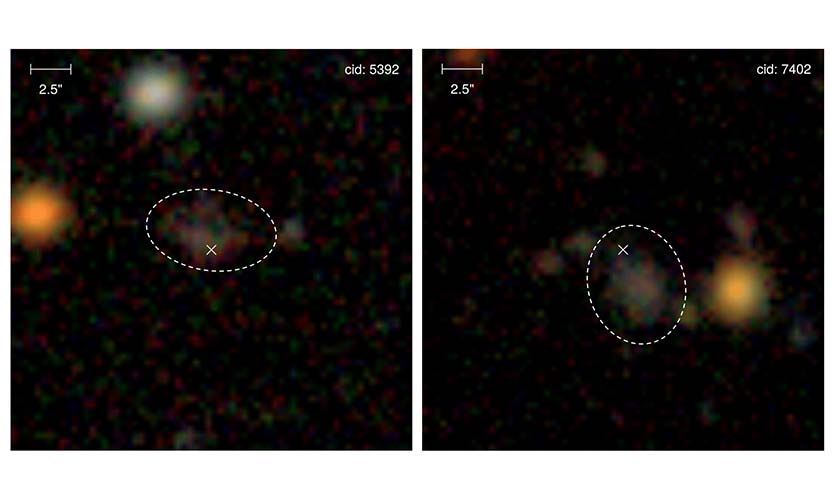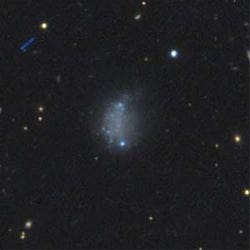Discoveries of faint galaxies using supernovae

Tom Sedgwick, PhD student at the Astrophysics Research Institute (ARI), part of Liverpool John Moores University, has with a team of ARI astronomers discovered 140 ‘new’galaxies, with findings due to be published in April’s edition of the prestigious journal Monthly Notices of the Royal Astronomical Society.
 These previously unknown galaxies were found whilst searching for exploding stars, known as supernovae. Supernovae are the violent ends to the lives of the most massive stars. When these stars stop burning their nuclear fuel,they quickly become unstable and their cores collapse, giving rise to some of the densest objects in the universe: neutron stars and black holes.
These previously unknown galaxies were found whilst searching for exploding stars, known as supernovae. Supernovae are the violent ends to the lives of the most massive stars. When these stars stop burning their nuclear fuel,they quickly become unstable and their cores collapse, giving rise to some of the densest objects in the universe: neutron stars and black holes.
The immense pressure of the core of the star collapsing inwards generates vast amounts of energy, and in a violent explosion, the outer regions of the star are blasted outwards into the surrounding space. These explosions can be, for a few weeks or so,up to 1 billion times as luminous as our Sun. Stars live in galaxies, and these dying stars are bright enough that they can often be seen within their galaxies, as far as billions of light years away.
In some cases, what was once a single star can be briefly brighter than its entire galaxy,such that the supernova can be used as a pointer towards its host galaxy. Whilst studying 2400 supernovae from the Sloan Digital Sky Survey, Tom noticed that 140 were missing their galaxies. He looked in extra-deep imaging, from the IAC Stripe 82 Legacy Survey, and found the host galaxies of these remaining supernovae for the first time.
“The supernovae simply told us where to look”, says Tom.
These faint galaxies are thought to be among the most common type of galaxy in the Universe but are very difficult to see because of their ‘low surface brightness’. These are dwarf galaxies,less than 100 million times the mass of the Sun, compared to the Milky Way which is 1000 times larger still.
Tom explained, “Although we know that these faint galaxies are very common, they are seen less often that we would expect,but this is likely due to their lack of brightness. This method of detection using supernovae, however, helps us to constrain the numbers of dwarf galaxies existing in the Universe.”
He also described why discoveries of these faint galaxies help to advance our understanding of the formation and evolution of galaxies like our own –a fundamental question in astronomy: “It is thought that relatively massive galaxies such as the Milky Way are formed from the merging of many dwarf galaxies, over the life time of the Universe. So, if we look at the numbers of dwarf galaxies at present day relative to their Milky Way-mass counterparts, it reveals some information about the rates and ways in which these galaxies merge, and how this controls the formation and evolution of the galaxies we see in the Universe today.”
The PhD student also pointed out, “Each of these small galaxies would be expected to have a supernova only once every 100,000 years or so. The supernova survey looked for these objects for around 1 year, across 5% of the sky and the result is we find 140 supernovae in these galaxies. This tells us there are still millions of faint galaxies waiting to be discovered, in the region of sky covered by this survey alone.”


